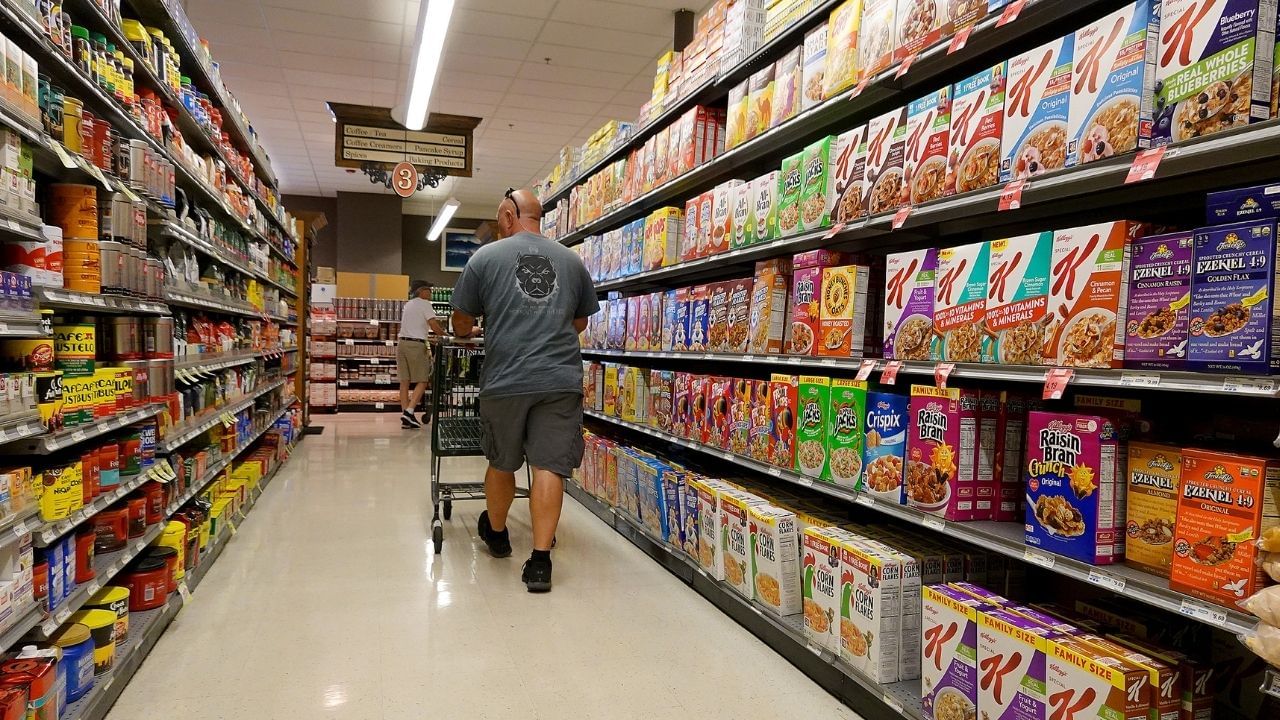Foreign biscuits are eating fiercely, Poha
The smartphone may have become the highest exported goods in India in the last financial year, but now Indian biscuits, noodles, packaged gram flour, soap and shampoo are also rapidly making their place in foreign markets. Large FMCG companies like Hindustan Unilever (HUL), ITC, Mariko, Godrej Consumer Products, Dabur and AWL Agri Business (Earlier Adani Wilmar) have seen a higher growth in their export business in the last two financial years than in domestic sales.
Small things, big bang
The international business of these companies may be only 3% of the total income of some companies like HUL, but it is bringing more than 20% revenue for companies like Dabur, Emami and Mariko. Unilever India Exports Limited, a company for export of HUL, registered a sales of Rs 1,258 crore with an increase of 8% in the previous financial year (end on 31 March). Its net profit increased by 14% to Rs 91 crore. On the other hand, the weakening of domestic demand in HUL’s total sales increased by just 2%.
Hul says that this boom in exports came due to products like Skincare, Lifestyle Nutrition, Haircare and Personal Wash. Brands like Dove, Horlicks, Vaseline, Pierce, Bru, Sunsilk, Glow and Lovely, Ponds, Lakme and Lifeboy are in great demand.
Not only basmati rice, gram flour-poha is also hit
According to Angshu Malik, CEO of AWL Agri Business, not only basmati rice, but also mustard and sunflower oil, flour, gram flour, soy nuggets and products like products and poha are also increasing demand in foreign markets. Malik said, “We are still in the beginning. The increasing number of Indian restaurants in Western countries and the popularity of Indian food are increasing exports. These are not only people of Indian origin, but foreigners are also buying our products.”
He estimated that exports could increase by 50-80% in this financial year. According to the latest annual report of AWL, in the last three years, his branded export business rose three times to cross Rs 250 crore in FY25.
Companies caught speed with government
Industry experts say that along with demand, the government promotes exports, such as food processing industry and production-linked incentive (PLI) scheme for millet-based products, are also helping in this bounce. Last December, the government selected 73 companies under the PLI scheme to promote Indian branded food products in global markets.
Godrej Consumer Products said in its recent investor presentation that the operating margin of his international business reached 17% in FY25, which was 10% two years ago. Mariko told analysts that their export business was growing rapidly and in FY25 it recorded a 14% increase in stable currency (except currency fluctuations), while their total growth was 12%.
Dabur exports increased by 17%, while their total revenue growth was just 1.3%. The ITC said in its latest annual report that there is a “green start” in the export of biscuits, noodles and snacks. His blessing flour has become a market leader in many countries. ITC said, “We are looking for strategic opportunities in the nearest markets, which can become a new way to grow in future.”
ITC’s strong performance
Most of the ITC’s foreign exchange revenue still comes from export of agricultural products, which increased by 7% to Rs 7,708 crore in FY25. But now his FMCG export is on the way to become the next big growth driver. The company says that their FMCG products are now being sold in more than 70 countries.
Indian brands are getting global identity
The effect of increasing popularity of Indian food abroad is clearly visible. The demand for Indian restaurants and Indian cuisine is increasing not only among people of Indian origin, but also local people. Products like biscuits, noodles, snacks, flour, gram flour and poha are now easily visible in foreign supermarkets. However, despite the boom in export, there are some challenges. Issues such as competition in global markets, currency fluctuations and cost of logistics are facing issues. But companies are ready to face them.
